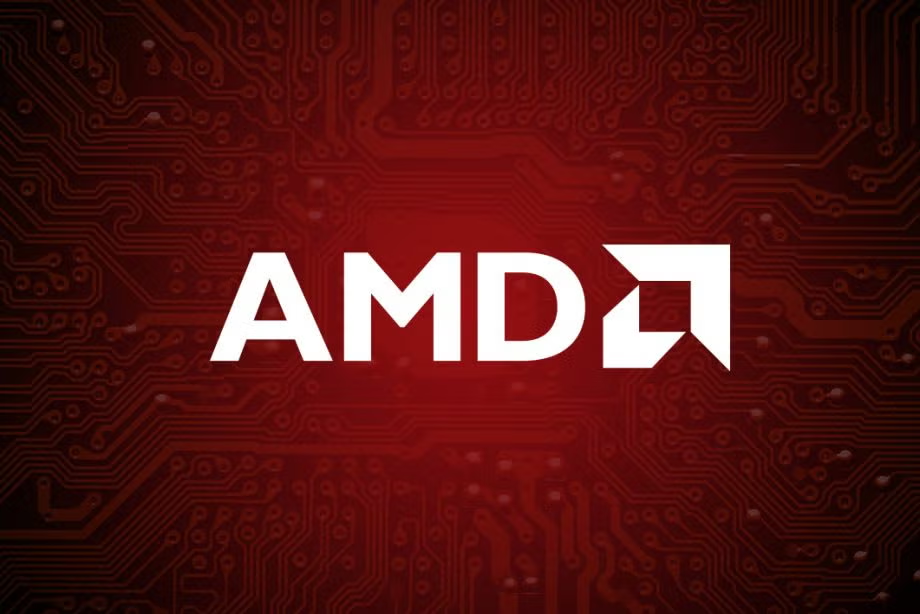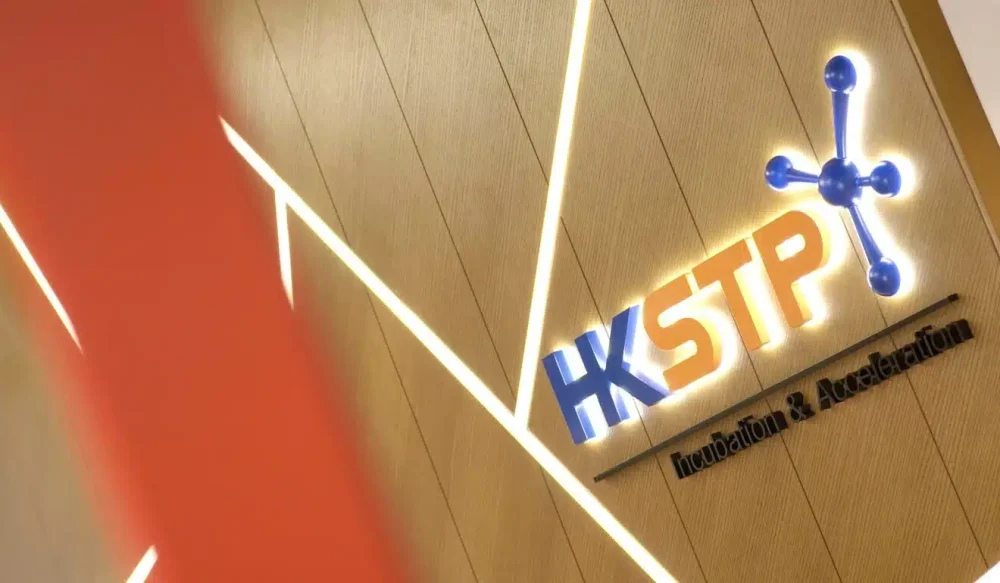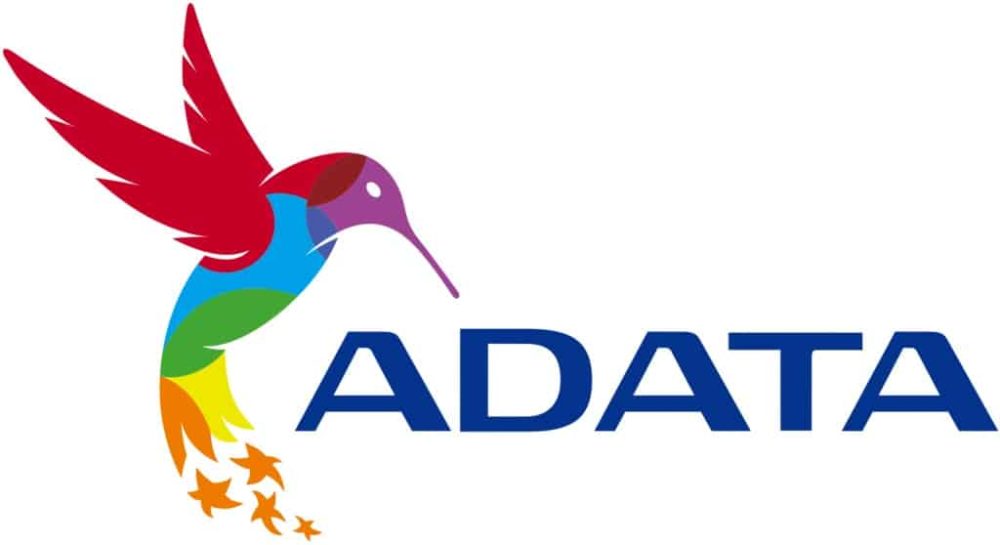In a stunning display of computational muscle, AMD has helped shatter a supercomputing record, completing a complex CFD (computational fluid dynamics) simulation over 25 times faster than before. The feat was achieved using 1,024 Instinct MI250X accelerators paired with AMD EPYC CPUs on the Frontier supercomputer at Oak Ridge National Laboratory.
The simulation, run by Ansys Fluent for energy tech giant Baker Hughes, involved a 2.2-billion-cell axial turbine model for next-gen gas turbines. Previously, this simulation chewed through 38.5 hours on 3,700 CPU cores. However, with AMD’s hardware, it was completed in just 1.5 hours. That’s not just fast—it’s revolutionary, dramatically accelerating design cycles and innovation timelines.
Frontier Strikes Back (Sort of)
While Frontier was once the world’s fastest supercomputer, it has since been dethroned by El Capitan at Lawrence Livermore National Lab. However, both systems run on AMD’s silicon. Frontier flexes 9,408 EPYC processors and 37,632 Instinct MI250X accelerators, while El Capitan features 44,544 Instinct MI300A accelerators, giving AMD bragging rights on both sides of the scoreboard.
Interestingly, the simulation didn’t even utilize all of Frontier’s resources—meaning there’s even more untapped power under the hood.
“By scaling high-fidelity CFD simulation software to unprecedented levels with the power of AMD Instinct GPUs, this collaboration demonstrates how cutting-edge supercomputing can solve some of the toughest engineering challenges,” said Brad McCredie, AMD SVP for Data Center Engineering.
Software: The Achilles’ Heel
Despite AMD’s clear edge in raw performance and affordability, it still trails Nvidia in the AI sector—not because of hardware limitations but because of software support.
The TinyBox saga serves as a recent reminder. Tiny Corp’s AI system, initially powered by AMD’s Radeon RX 7900 XTX cards, suffered from instability issues. The problem escalated to the point that Dr. Lisa Su herself stepped in. While the issues were reportedly resolved, Tiny Corp ultimately launched two versions of its AI accelerator: one with AMD and the other with Nvidia. Unsurprisingly, it recommended the Team Green edition—equipped with six RTX 4090s—citing better drivers.
If AMD can get its software stack in shape, it could finally put up a full-spectrum fight against Nvidia in the AI GPU war. For now, it’s still a silicon powerhouse—just one major software update away from a full-blown comeback.


